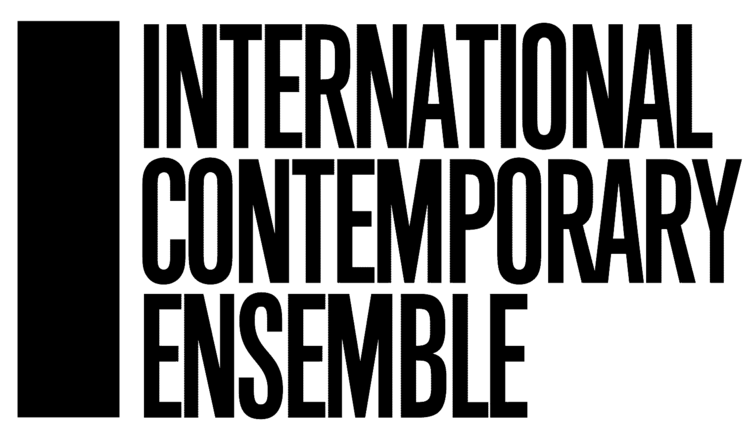by Levy Lorenzo
I had the wonderful opportunity to work closely with American experimental music visionary and pioneer - Alvin Lucier. I engineered and realized 11 of 15 works by Mr. Lucier spread out over ICE’s 3 night residency at the Chicago MCA, as well as served as the Project Lead for the ICE organization.
I was struck by Mr. Lucier’s commitment to sound as a physical entity. Mr. Lucier mentions in his book CHAMBERS (p35) that rather than conceptualize pure sine tones in terms of high and low frequencies, he thinks of them as measurable wavelengths. Sound waves exist as a physical distance.
In other words, given the nominal speed of sound at 343 m/s and using the formula...
Speed = Frequency x Wavelength
...we can find that the wavelength of a 440Hz (A4) tone is 0.78 meters (2 feet, 6 inches). Similarly, a low note of 100Hz will have a larger wavelength 3.43 meters (11 feet, 3 inches). If my body fits exactly into a 218Hz sine wave, I’ll let you readers figure out how tall I am.
Given the specific dimensions of the 4th floor space at the MCA, I used such calculations to create the realization of the piece Still and Moving Lines of Silence in Families of Hyperbolas. Mr. Lucier’s first instruction is to create standing waves in the room. Just to explain a bit, a standing wave occurs in a room when a sine tone’s wavelength has an integer multiple relationship with a linear dimension of the particular room. Thus, when that wave bounces off the wall, both the incident and reflected waves reinforce each other. The result is a wave with exaggerated crests (high points) and troughs (low points) of sound energy that does not move in space - i.e. the wave is standing. Further, when this sine tone is played through 2 speakers, the respective standing waves create additional interference patterns. This results a “sound geography”, as Mr. Lucier puts it, where there are particular places in the room where sound is very loud (crests) and others that are extremely quiet (troughs). The main instruction of the piece is to have the performers slowly move through the space along the path of the troughs, using only their ears to guide them.
The performers would theoretically walk along the blue paths. In reality, the difference in sound volume is striking. During the actual performance Mr. Lucier, led both ICE and audience members in a haunting procession guided by a 140Hz sine tone. As an extension, I think this would be an amazing application to guide the movement of visually impaired individuals through public spaces.
One of the most interesting pieces that I had the pleasure of working on was Directions of Sounds from the Bridge. In this piece, Mr. Lucier wants to show that sounds of different frequencies radiate in different directions from the body of a violin.
As per the score, I attached a sound transducer to the bridge of a violin. Any surface that a transducer is attached to receives the transducer’s vibrations.
video: Levy Lorenzo
I built this using 8 microphones, 8 lights, custom mapping software (on a 2nd computer) and a DMX interface. The performance was a mesmerizing, organic fading of lights as sound emanated in different directions through the space from the violin. After working with this piece, I then thought it would be interesting to have a transducer on a violin that was also being played live by a violinist. The performer could interact with sounds from the transducer in a sort of instrumental/electronic duet where all sounds radiated from the same resonating body.
Finally, the third piece I’d like to highlight is Music for Pure Waves, Bass Drums and Acoustic Pendulums. Four ping-pong balls were suspended from the ceiling using fishing line such that each ball was just touching the heads of four large concert bass drums. Each drum had a speaker behind it. Using his personal sine tone generator, Mr. Lucier played very low frequencies to excite the heads of the drums, causing the ping-pong balls to be launched forward, to then return and bounce again. Different frequencies caused different degrees of response in different drums to create various pendulum rhythms. Its as if the drums were playing ping-pong rudiments.
photo: Levy Lorenzo
This project has been one of my most rewarding and musical-mind-altering experiences. I feel so lucky to be in a position to thoroughly combine my skills as an engineer and a musician as a member of world-class contemporary ensemble and working with the inspiring, Alvin Lucier. He has reminded me that music is not only something we can hear, but also something that we can see and touch.




